
 |
| (File Photo/ Xinhua) |
Among all the relics unearthed in Huaibei from centuries of silt, a bright blue ceramic water flask used by traveling monks to wash their hands before prayer became a clue for archeologists seeking the original canal bed.
Porcelain craftsmen learned to create the color blue as early as the Tang Dynasty (AD 618-907), using pigment derived from cobalt mainly mined in today's region of Iran (Persia) and Iraq.
This water flask is very light blue and the color is translucent, almost white in places, because it was colored at a low temperature. Darker blue porcelains were not made until around 1,200 when craftsmen learned how to fire porcelain at much higher temperatures, adding more layers and maturity to the blue.
The religious vessel dates from the Tang Dynasty, when China was a cultural, economic and art center. Trade flourished in the east, as well as west along the Silk Road that went through Persia to the Mediterranean.
Tea, silk and porcelain were among the most important Chinese exports. Many such flasks were discovered in archeological sites in the northern Anhui section of the Grand Canal of China, namely in Huaibei and Suzhou cities. They were probably cargo in vessels buried along the canal.
Many other types of porcelain were also discovered, believed to be for export since the design and aesthetics were distinct from the styles popular in China at the time.
"This is very intriguing about the Grand Canal of China and the porcelains discovered here," says Wang Hongwu, chief curator of Huaibei's Sui-Tang Grand Canal Museum.
"While the canal's primary purpose was grain transport, it also carried a lot of ceramics, many of which were not destroyed. Through the craftsmanship and designs we can get a sense of what life was like. We can also see the great volume of ceramics exports," Wang says.
Since the 1980s, villagers in these two cities have found shards of porcelain and whole items in fields. In 1999, archeologists began excavation in Liuzi Village, finding eight sunken vessels from the Tang Dynasty.
Countless shards were scattered along what was confirmed to be the canal route. Discovery of boats and ceramics confirmed the canal passed through the region, which had been debated before the excavation.
The discoveries were among the 10 most important archeological discoveries of 1999.
Grace and style
"In the Tang Dynasty, the country quickly became stable and rich and people came to appreciate a glamorous lifestyle and artistic works," Wang explains. They used both cheap and practical ceramic items, such as pots, jars and toys, as well as delicate ritual vessels and art pieces.
Even many practical items had grace and style. The porcelain industry quickly developed to meet demands and soon reached its peak.
In the following Song Dynasty, the general aesthetics became more classy and intricate; demand continued and the industry grew. The peak of the ceramics industry overlapped with the period when Grand Canal trade was at its peak, before it was buried by war and time.
Liuzi Village was a key dock along the canal where cargo was loaded and unloaded and sailors took leave.
At least 160 kiln sites in Henan and Shandong provinces were not far from Liuzi and it was simple to transport porcelain works to the canal where they were loaded into successively larger vessels on a journey around China and overseas.

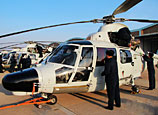

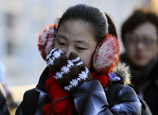
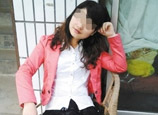

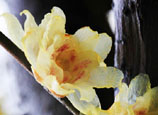
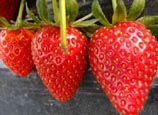

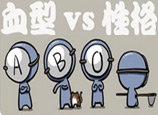






 Why supervision on 'drug chicken' lacks intensity?
Why supervision on 'drug chicken' lacks intensity?


![]()
